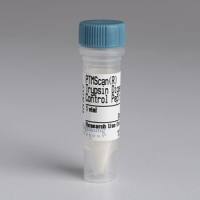Over the past 20 yr, great strides have been made toward understanding the role of fluid hemodynamic forces in the vascular wall homeostasis at the molecular level. In vivo studies have demonstrated that blood vessels are adaptive to physiological changes in blood flow, with vessels tending to enlarge in areas of high flow and tending to reduce their lumen diameter in low-flow regimes (1 ,2 ). Furthermore, altered hemodynamics have been implicated in the pathogenesis of many cardiovascular disorders, such as thrombosis, atherosclerosis, and vessel wall injury. Vascular endothelial cells serve as a barrier between perfused tissues and flowing blood, and they are believed to act as a sensor of the local biomechanical environment. The hemodynamic forces generated in the vasculature include frictional wall shear-stress, cyclic strain, and hydrostatic pressure (3 ). For the purpose of this chapter, we will focus on methods for examining the link between fluid wall shear-stress and endothelial cell function. Advances in our understanding of the effects of shear-stress on endothelial cell function require that cell populations be exposed to controlled, well-defined, flow-induced shear-stress environments. Since in vivo studies have the inherent problem that they cannot quantitatively define the shearing forces or separate their effects from the other components of the hemodynamic system, in vitro flow studies using cultured cells are extensively used.






